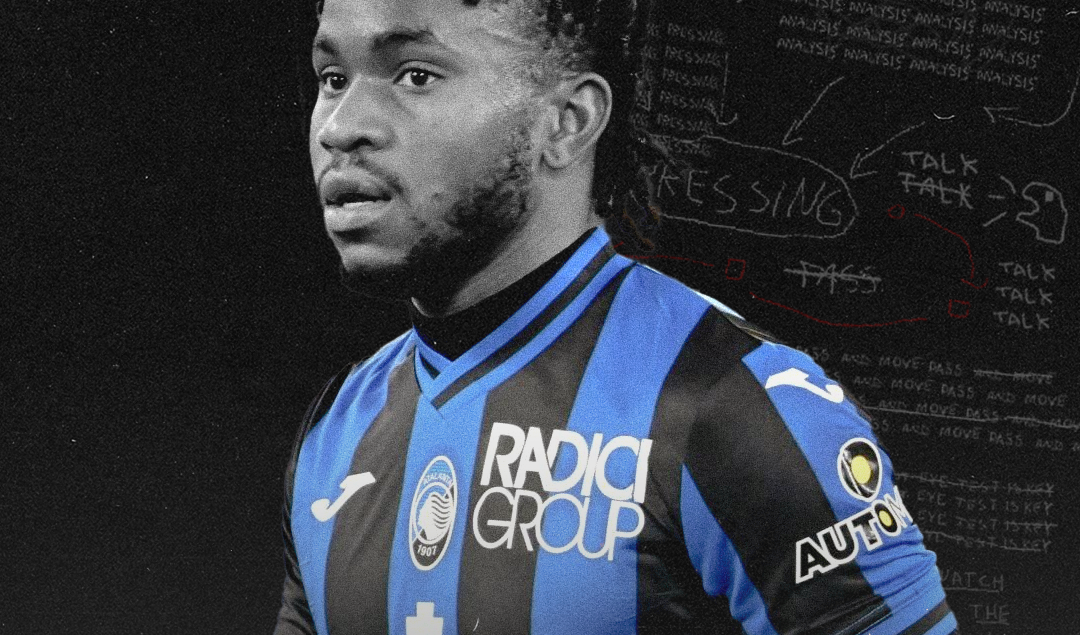How Atalanta Won the UEFA Europa League Final
Atalanta’s victory over Bayer Leverkusen in the Europa League final was a masterclass in tactical execution by their coach Gian Piero Gasperini. Here’s how they pulled it off:
Formation and Structural Setup
Atalanta utilized a 3–4–1–2 formation, a staple of Gasperini’s tenure, nothing new. This setup provided defensive solidity with a back three comprising Berat Djimsiti, Isak Hien, and Sead Kolašinac. The wingbacks, Davide Zappacosta and Matteo Ruggeri, played a crucial role by pushing high up the field to provide width and support the attacking phases. This formation allowed Atalanta to maintain a compact shape defensively while being expansive in attack.
Midfield Control
The midfield duo of Teun Koopmeiners and Éderson was pivotal. Koopmeiners often dropped deep to aid in the build-up play, acting as a deep-lying playmaker. This movement allowed Éderson to take a more advanced role, linking play between the defense and attack. The wide positioning of the midfielders during the build-up phase facilitated easier passing lanes and drew Leverkusen’s players out of position, creating gaps in the central areas for Atalanta to exploit.
High Pressing and Defensive Strategy
Atalanta’s defensive strategy was characterized by aggressive high pressing. The front three, including forwards Gianluca Scamacca and Charles De Ketelaere, along with attacking midfielder Mario Pašalić, initiated the press high up the pitch. This disrupted Leverkusen’s attempts to play out from the back, forcing them into errors and recovering possession in advanced positions. Atalanta’s pressing system was well-coordinated, with players closing down passing lanes and applying pressure on the ball carrier.
Attacking Patterns and Flexibility
Offensively, Atalanta displayed flexibility and dynamism. They utilized passing triangles and positional rotations to create overloads on the flanks and disrupt Leverkusen’s defensive organization. The wingbacks provided width and frequently delivered crosses into the penalty area. Atalanta committed numbers forward, with up to seven players involved in attacking plays, including the central midfielders pushing high and the wingbacks stretching the play wide.
Key Individual Contributions
Teun Koopmeiners played a crucial role in controlling the tempo of the game and initiating attacks from deep positions. Gianluca Scamacca’s physicality and movement were constant threats to Leverkusen’s defense, and Juan Musso’s goalkeeping was vital in keeping Atalanta ahead, making several key saves throughout the match. The physical superiority of Atalanta players was the key for winning possession whenever they felt the momentum was changing.
Ademola Lookman: The Journeyman Who Has Found His Home in Atalanta
Tactical Adaptations and In-Game Management
Gasperini’s tactical adaptability was evident through his in-game management. He made timely substitutions and tactical adjustments to counter Leverkusen’s changes. These adjustments included tweaking the pressing intensity and altering the positioning of the wingbacks and midfielders to maintain defensive solidity and offensive threat. Gasperini’s ability to read the game and make effective decisions under pressure was a significant factor in Atalanta’s victory.
In summary, Atalanta’s victory over Bayer Leverkusen in the Europa League final was the result of a well-structured formation, effective high pressing, dynamic attacking strategies, and smart in-game tactical adjustments. Gasperini’s meticulous planning and the players’ execution on the pitch neutralized Leverkusen’s strengths and exploited their weaknesses, leading to a well-deserved win.
By: Jayanth Sai / @Arlendious
Featured Image: @GabFoligno / ANP / Getty Images
